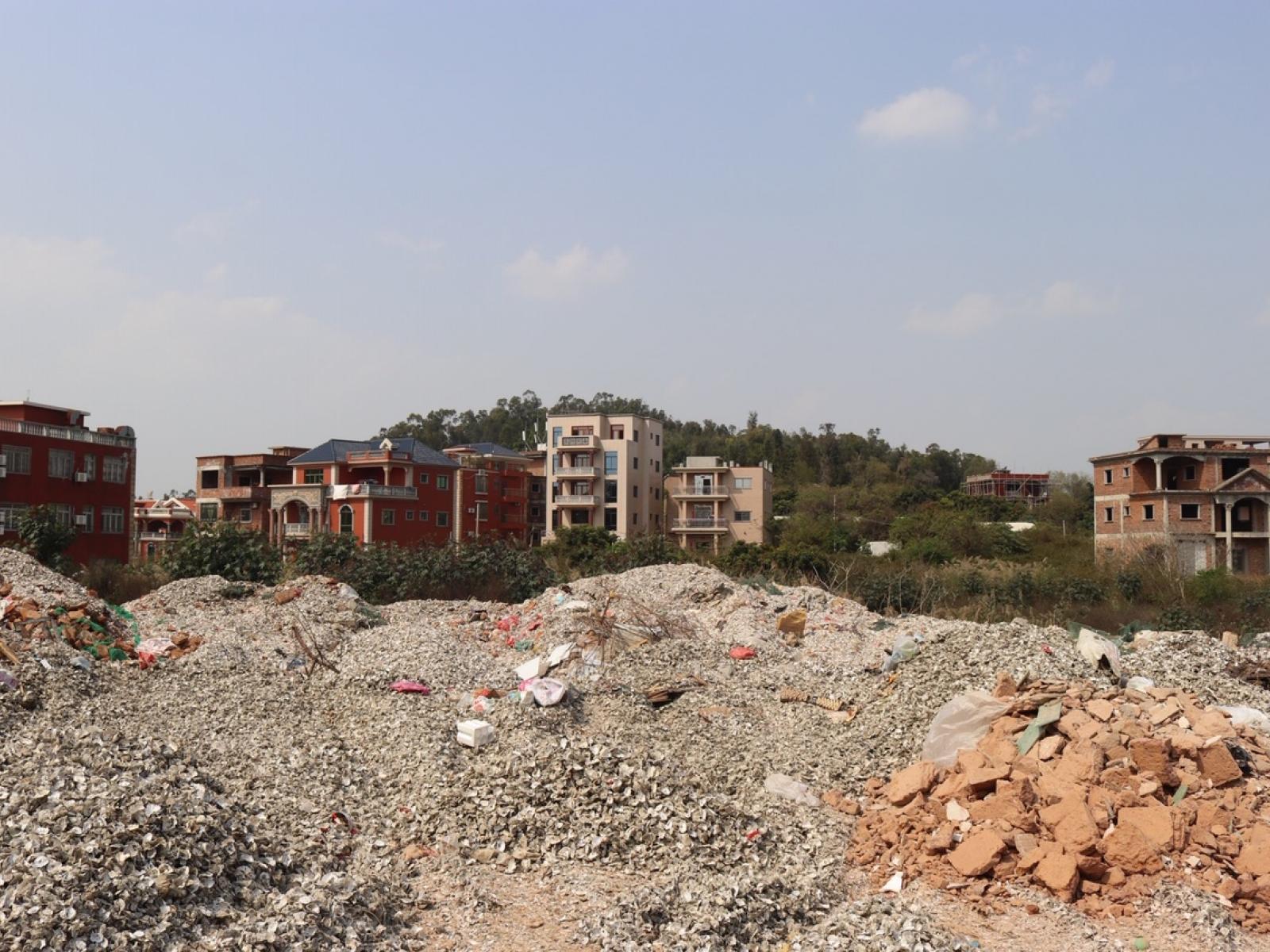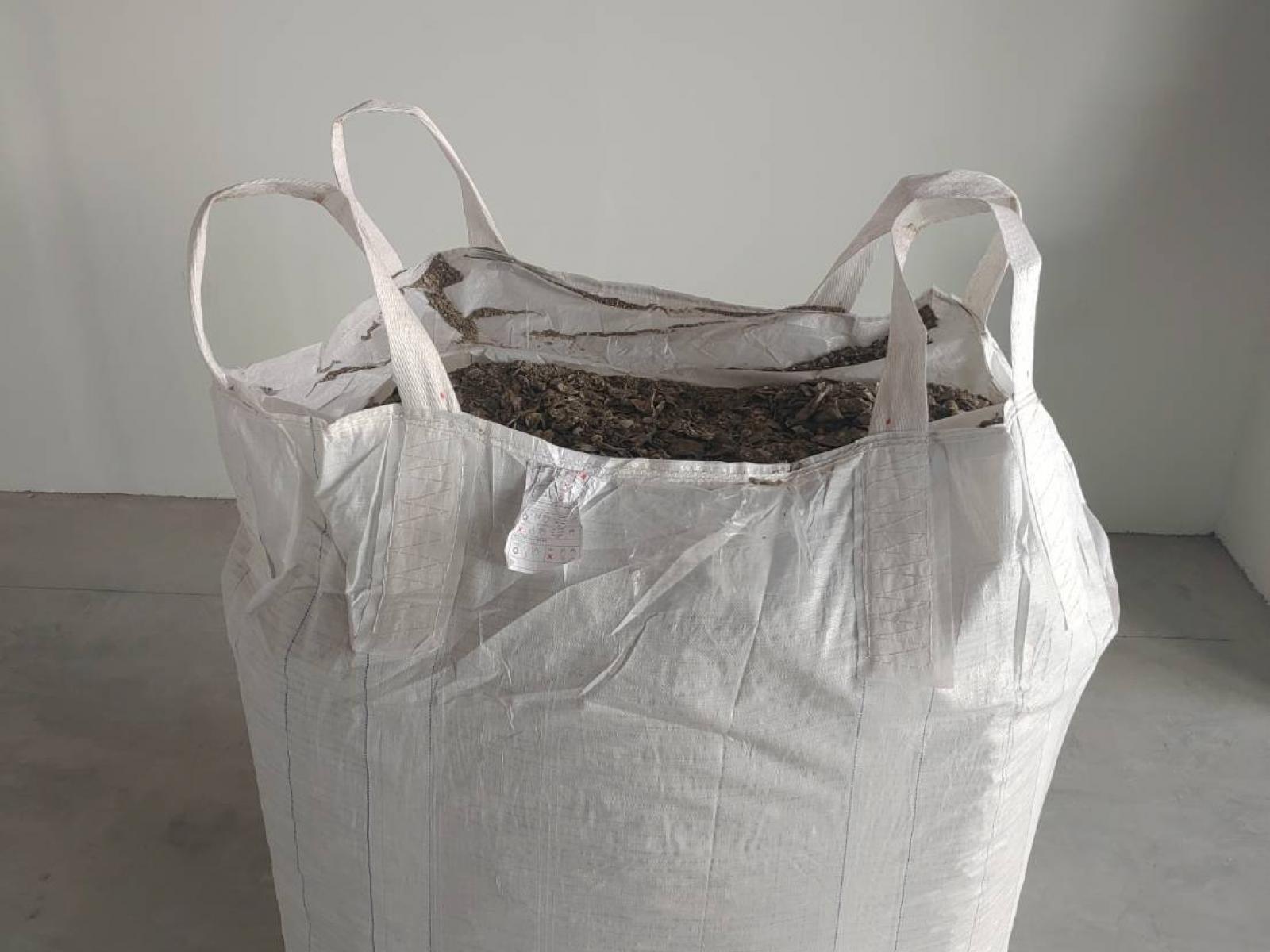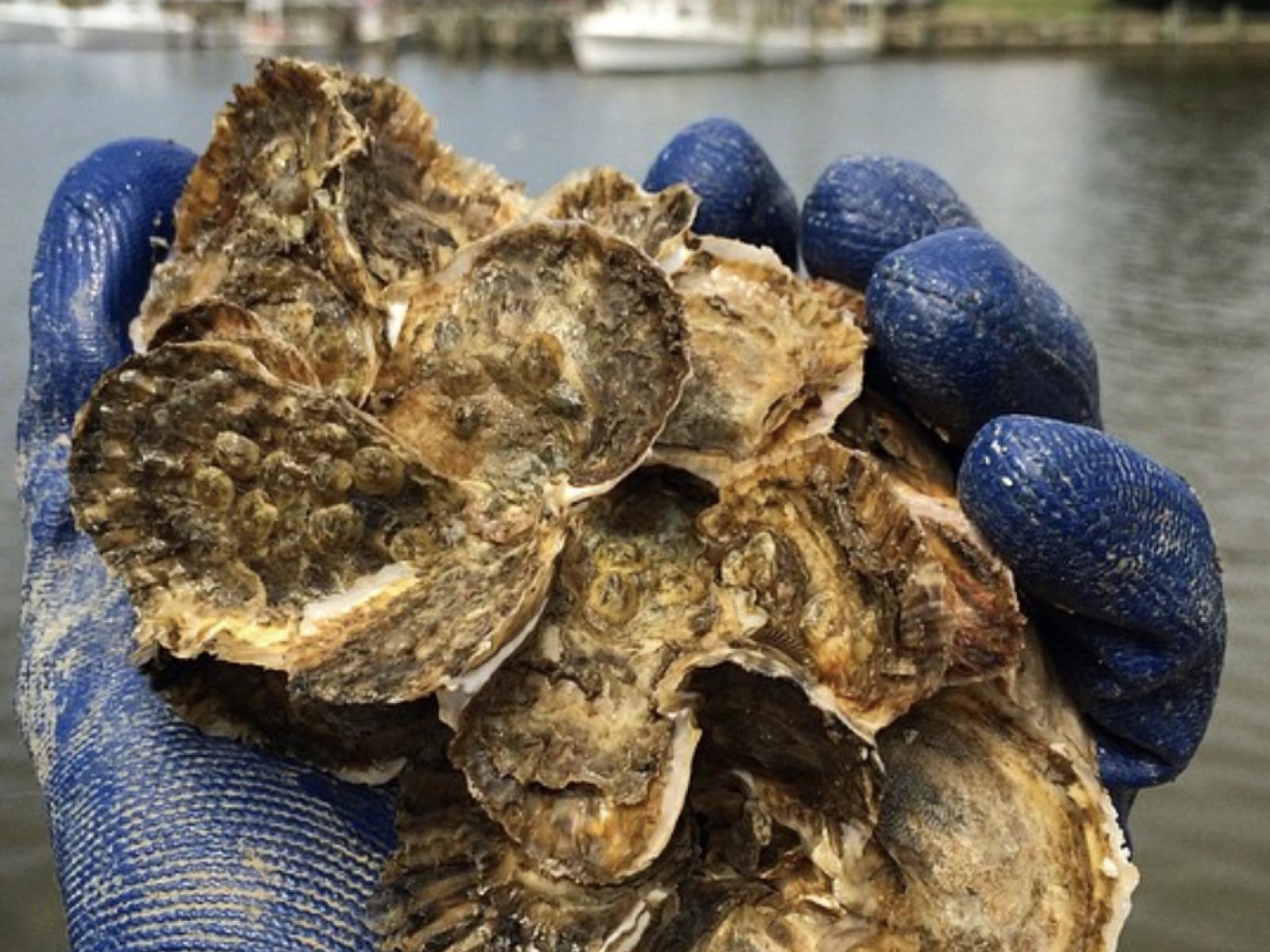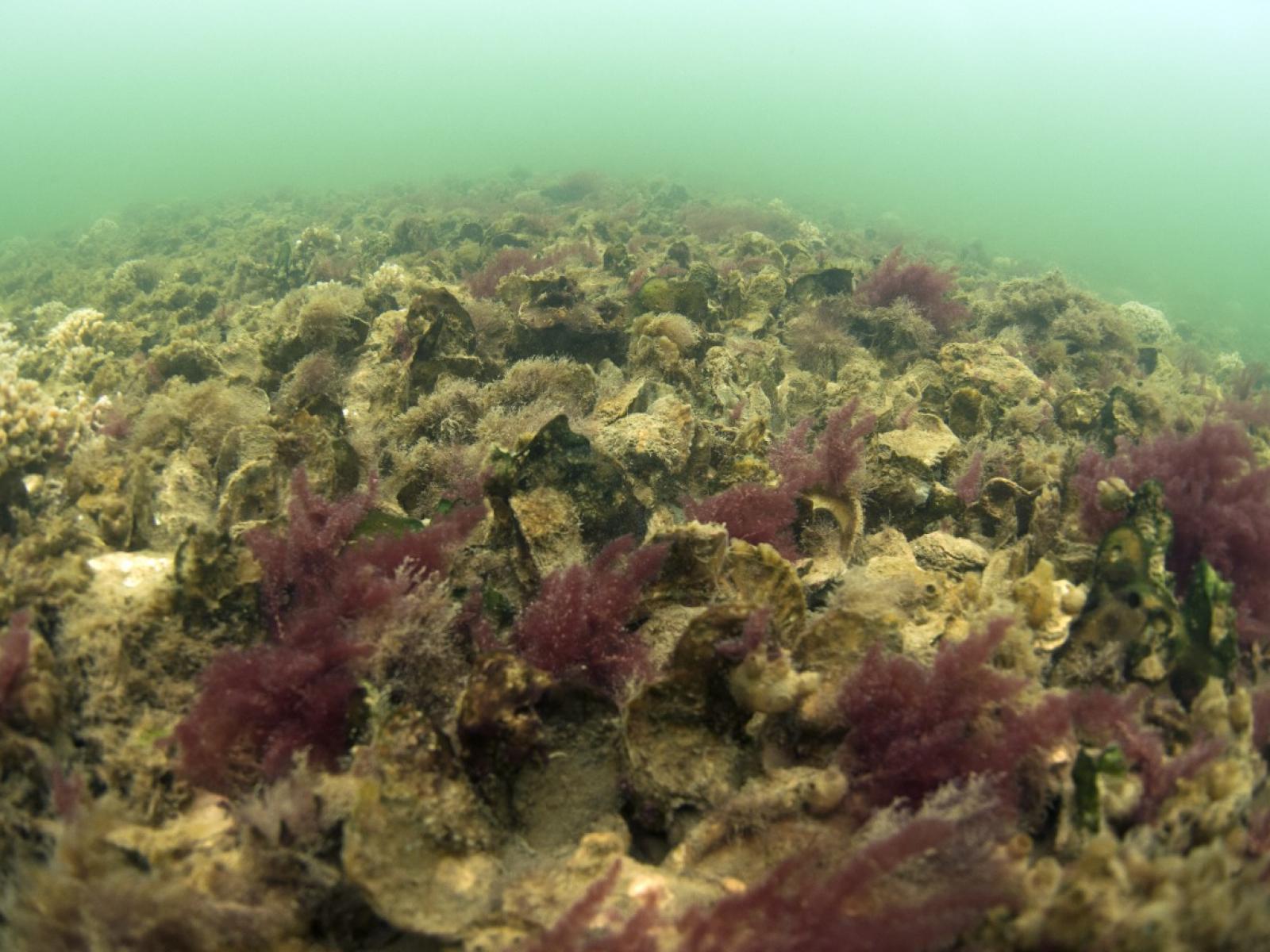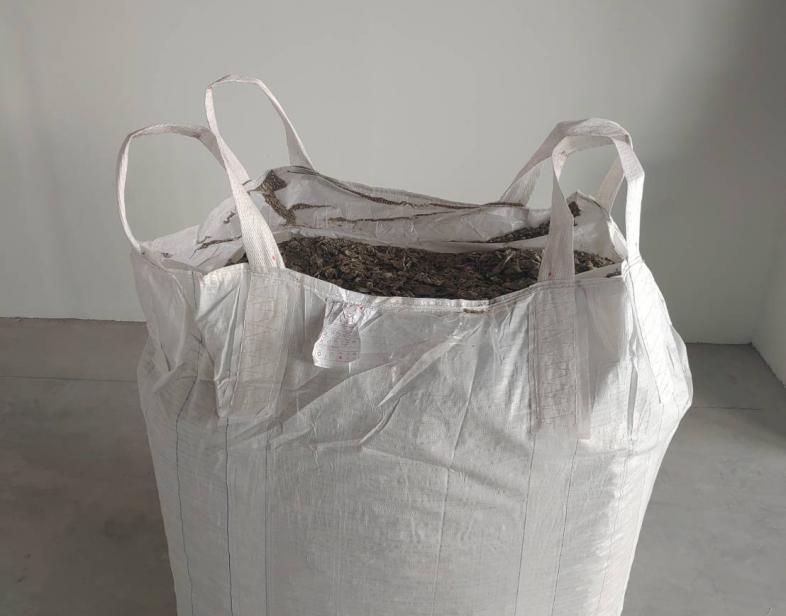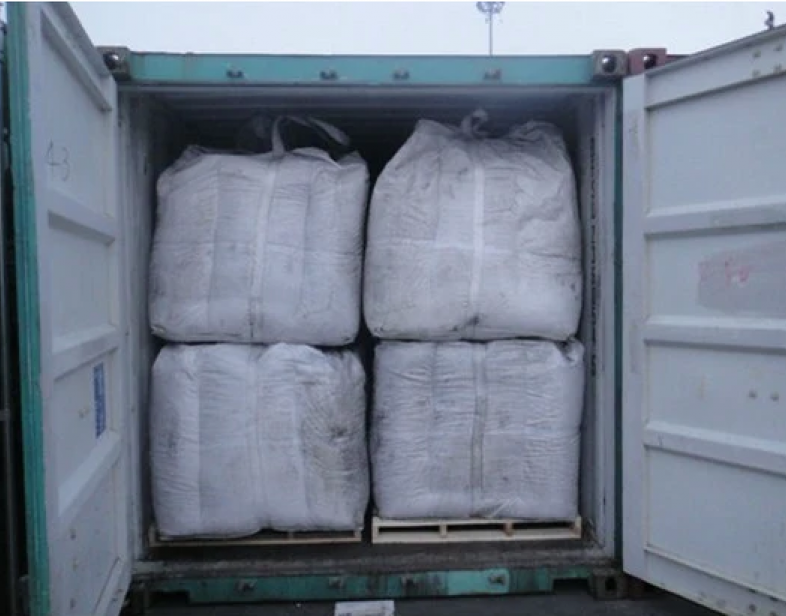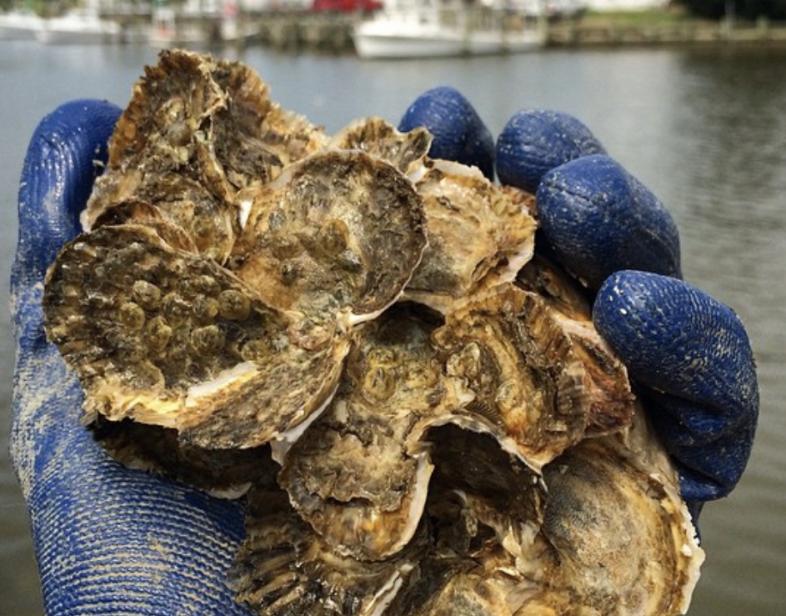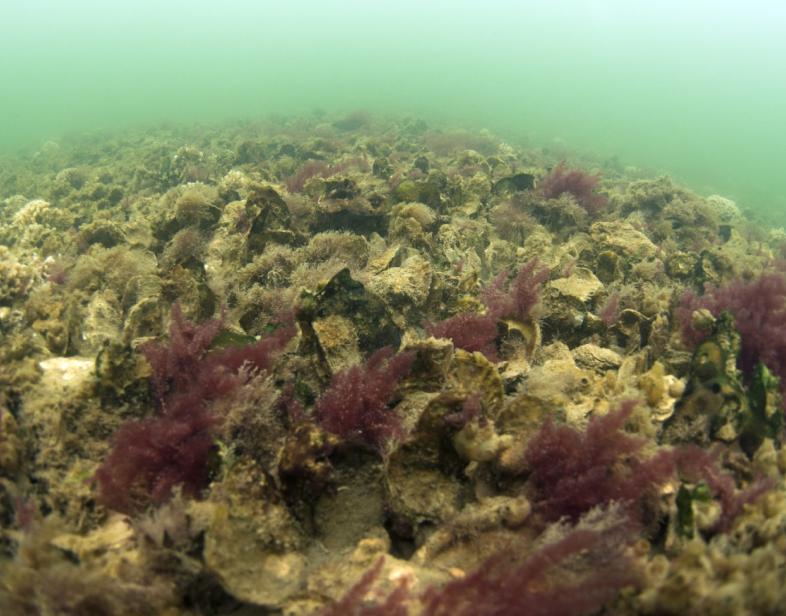An Overview Of Our Solution
On opposite sides of the world, oyster shells play the role of both nuisance waste product and critically limited natural resource.
This program offers a solution to transform the immense volumes of shell refuse in Coastal Asian countries into an essential ingredient for restoration of North Americas tidal estuaries.
By purchasing bulk quantities of "waste" oyster shells from fisherman and shellfish processors, the program alleviates the environmental and economic stresses of illegal shell dumping while simultaneously creating a new revenue stream for residents of coastal Asia.
The acquired product is cleaned to US import standards (under CBP, USDA, & USFWS requirements), containerized, and shipped to areas of the US where oyster restoration efforts are hampered by shell shortages.
- Population Impacted: 20,000,000
- Continent: North America
Primeiro nome
Sobrenome
Tipo de organização
Análise de contexto
Asia is the world's leading oyster-producing region, with China producing >10 million metric tons per year (>80% of global supply). This is the equivalent of ~500 million US bushels of shell. For comparison, US oyster production hovers around ~4-5 million bushels annually.
In the Chesapeake Bay, ground zero for US oyster restoration efforts, the EPA's 2014 Chesapeake Bay Watershed Agreement requires millions of bushels of shell for oyster reef replenishment. Maryland's projections for ~2M bushels per year have fallen short, with only <500k available. With oysters now recognized as a solution to eutrophication, shoreline erosion, habitat loss, and even atmospheric carbon mitigation, the need for oysters and their shells (the essential substrate on which they grow) has never been greater.
While recycling efforts have aided the shortage, even @100% efficiency, there is simply not enough shell available regionally
Descreva a solução técnica que você queria que o público-alvo adotasse
The oyster is recognized as a “keystone” species for its ability improve water quality and provide crucial 3-dimentional habitat for countless other estuarine species. Most importantly, an adult oyster can filter as many as 50 gallons of water per day, removing excess nutrients and helping to prevent algae blooms that can lead to harmful “red tides” and “dead zones” (anoxic water).
Oyster reefs can also help stabilize and reduce shoreline erosion, reduce water turbidity (helping oxygen-producing submerged aquatic vegetation), and even mitigate some of the impacts of sea level rise by acting as a carbon sink while improving the water’s capacity to absorb excess atmospheric CO2 (through aquatic plant photosynthesis).
As more shells are introduced for oyster restoration, the benefits become clear. Sadly, many areas of the US, such as the Chesapeake Bay, are currently at <1% of historic oyster levels, creating a downward spiral of water quality issues.
Descreva sua intervenção comportamental.
In the US, oyster shells have historically carried value as a raw material for commercial oyster farming, as well as for aggregate with various terrestrial uses. With a sharp decline in US oyster harvests in recent decades, however, their value has rocketed from a few cents to upwards of $6/bushel and climbing.
Conversely, oyster aquaculture in much of East Asia has grown to the level where piles of illegally dumped waste oyster shell now litter many seaside towns, even taking up valuable real estate in certain regions. Various projects have been attempted to recycle this shell waste, but most have provided little return due to local markets already saturated with shell-related products. Other attempts simply did not recycle impactful volumes.
By providing a new market to recycle these waste shells overseas, the product can be purchased in much larger quantities (~20 metric tons per container shipment, or over 1500 bushels) and sold by fishermen for a modestly higher price.
The incentives for a new revenue source for fisherman in East Asian coastal communities, coupled with a tight and very competitive domestic market in the US, makes this program a relatively easy sell.
The final benefit is that the total cost per bushel of the imported shell can fall below the current market rate for domestic shell. Shipping rates are a large factor in this, however, especially due to the effects of COVID-19 on world trade.
Alavancas Comportamentais Utilizadas
Conforme necessário, explique como você utilizou a(s) alavanca(s) com mais detalhes.
By providing a financial incentive for fishermen and shellfish processors to recycle their used oyster shells for cash, this program uses a core material incentive for behavior change in coastal Asian communities. As a plentiful (by)product in these areas, shell waste also presents an interesting economic study on recycling and its effect on market supply and demand curves. Since it is abundant, most of the cost is in labor, rather than material.
Dumping shell in most of these communities is currently illegal, however, this practice could reinforce existing rules and regulations. Seafood processors could even assist with developing choice architecture by providing the infrastructure to receive the public's shell, as well as information to provide local fishermen. Given enough time, shell recycling could even have a social influence as it becomes a cultural norm.
Descreva sua implementação
By working with shell suppliers in coastal regions of east Asia (specifically Fujian Province, China; Haiphong, Vietnam; and various west coast Taiwanese fishing villages), shell is secured in certain volumes at an agreed upon price under specific incoterms (typically FOB, or "Free-On-Board").
In order to pass US Customs, the shell is first washed to remove any remaining dirt or oyster tissue/residue, followed by packaging in either ~1 cubic meter flexible intermediate bulk containers (FIBCs) or polypropylene sacks.
Depending on its source and condition, the shell can be further treated with fumigants, dry heat, or steam (different locations have different available options).
The cleaned, packaged shell is then loaded into 40' shipping containers and, through the assistance of a freight forwarder, is bought to the selected port of discharge. The insured container is loaded onto a container ship where it spends the next few weeks of its journey. Upon arriving at its Port of Entry, the container is offloaded where it can pass through US Customs, and eventually onto a truck with a container chassis. From here, the shell begins its final journey before arriving at its destination for use in oyster production.
While this program will not carry out the final hatchery and planting operations for oyster restoration and production, it does provide an integral material for these operations. This is made possible through years of careful planning and research into logistics, permitting, and the 'ins and outs' of domestic and international shell markets.
Descreva a liderança para sua solução. Quem está liderando a implementação?
This program, in its current state, operates as broker for shell between its overseas suppliers and oyster hatcheries/aquaculturists in the United States. While the eventual goal is to have a standing domestic facility and stockpile (helping to stockpile shell when shipping rates are down), the low overhead as a broker of shell allows the program to operate as a single-member limited liability corporation.
As current US oyster production and restoration efforts are often managed by local NGO's, State & Federal government bodies, or oyster aquaculturists, my role is to act as their contractor when needed. The challenge of this has been the difficulty in marketing the concept, as the primary focus has been centered on logistics and sourcing.
Compartilhe alguns dos principais parceiros ou partes interessadas envolvidos no desenvolvimento e implementação de sua solução.
The idea for this program developed through communication with members of the oyster industry in the United States, and a chance meeting with a professor from Xiamen University of Technology (XMUT) in Fujian Province, China.
In 2015, this gentleman discussed with me how he'd worked with students and a group called Enactus to help local fishing villages find and outlet to recycle their oyster shell waste. Their solution, fertilizer and paint color and thickening agents, was short-lived but it provided contacts (some with Enactus) and information that he was eager to share.
I was also assisted by the Baltimore-Xiamen Sister City Committee in making additional contacts in China, including the Maryland China Office in Shanghai. This group was instrumental with education on incoterms, import regulations, and working with freight forwarders. Through their guidance, the program worked closely with J.S. Connor Global Logistics, Inc., learning the 'ins and outs' of intermodal shipping.
There were other connections in the seafood industries of Vietnam and Taiwan, and but my primary partner for this project has been the new Ferry Cove Oyster Hatchery in Sherwood, Maryland. This newly built facility quickly recognized the potential for a new source of shell and has assisted in answering many of my oyster related questions.
Quem adotou o(s) comportamento(s) desejado(s) e em que grau? Inclua uma explicação de como você mediu uma mudança de comportamen
While some seafood suppliers I have contacted overseas have been confused (or even suspicious) with my inquiries about purchasing waste shell, most have been receptive to providing quotes.
In the United States, the concept has also been met with some suspicion (as well as confusion), but as a result of the ongoing COVID-19 pandemic and a subsequent drop in oyster harvests, the shortage of oyster shells has never been more critical. This domestic shortage has led to a dramatic price increase for oyster shells as well, highlighting the need for an alternative source.
No single institution has recognized this more than Ferry Cove Oyster Hatchery, which has become the primary partner in this program. Shell transport operations are currently suspended due to the effects of the pandemic, but operations should resume with shell deliveries to Ferry Cove later in 2021.
Como você impactou a poluição da água? Por favor, seja específico e inclua a metodologia de medição quando relevante.
Using recycled oyster shells as substrate, oyster hatcheries can produce up to 10 juvenile oysters, known as "spat" per shell. These "spat-on-shell" (SOS) are capable of filter up to 50 gallons of water each once reaching adulthood.
By importing a single 40' shipping container of shell (approximately 20 metric tons, or up to 1700 US bushels), this program can help produce nearly 8.5 million SOS, capable of filtering up to 425 million gallons of water each day. This is the equivalent of approximately 640 Olympic-sized swimming pools.
The added benefit is that the reefs formed by oysters provide habitat for other water- filtering organisms, as well help prevent erosion and decrease water turbidity from fewer suspended sediments.
With fewer than 300 orders of containerized shell, the State of Maryland could effectively double its yearly shell supply and oyster production.
Como sua solução impactou os desafios de equidade (incluindo raça, gênero, etnia, classe social/renda ou outros)?
On the supply end, the removal and recycling of waste oyster shells can potentially benefit people living in lower socioeconomic status households greatly. Since many Asian fishing villages often fall under this category and are disproportionally affected by shell waste, providing financial incentives for recycling oyster shells can improve the public health and environmental conditions of the area, while also providing additional income streams. Cleaner land also holds the potential for higher real estate value, as well an improved sense of well-being for residents.
In the US, more shells available for aquaculture and oyster growing can benefit struggling fishing communities by providing increased employment opportunities from improved fisheries (including crabs and fish, in addition to oysters). These communities have been affected especially hard from the economic effects of the ongoing pandemic and diminished seafood sales to restaurants.
Quais foram alguns co-benefícios sociais e/ou comunitários?
In the US, increases in available shell improve oyster production and results in cleaner water for people of all walks of life to enjoy. It also increases employment opportunities from a restored seafood industry and can even transform oysters into a more affordable protein option, allowing the health benefits of oysters to be enjoyed by a broader spectrum of consumers. As stated above, it also can provide improved wages for fishing communities.
Quais foram alguns co-benefícios ambientais?
One of the environmental co-benefits of this program is that it can have a major impact on water clarity. Clearer water allows for more submerged aquatic vegetation and, in turn, more oxygen-producing photosynthesis. These aquatic plants oxygenate the water and can even help reduce acidification as they remove CO2 from the water. By acting as a carbon sink, this process helps reduce atmospheric carbons and potentially helps prevent climate change.
Quais foram alguns co-benefícios do desenvolvimento sustentável?
One of the unintentional, but impactful, co-benefits of this program is through waste saving by using flexible intermediate bulk containers (FIBCs). These "bulk bags", as they are known, are easily recyclable and even have a resale value to US packaging suppliers.
They also allow for easy transport, requiring only a forklift, unlike loose shell that has to be scooped using loaders, backhoes, or skid-steers.
The result is a 15% decrease in shell loss that normally occurs from scooping breakage.
Sustentabilidade: Descreva a sustentabilidade econômica de sua solução.
While many of the ongoing oyster restoration efforts in the US are funded with State and Federal dollars, my program is not directly funded by any grant money or government subsidies. Instead, I work with organizations in need of oyster shell and currently operate on revenue from the sale of brokered shells.
Similar to oyster plantings for ecological restoration, oyster plantings for aquaculture can also often rely on grant funding and government subsidies.
With both of these industries dependent on outside financial assistance, my business in indirectly affected by changes in their funding.
Retorno do investimento: quanto custou para implementar essas atividades? Como seus resultados acima se comparam a esse investim
Currently, the largest supplier of shell in the US Mid-Atlantic region, Bevans Oyster Company in Kinsale, VA, sells unwashed, delivered shell to its largest clients at the rate of ~$6/bushel. Most shell used for restoration is washed, so this adds and additional ~$1/bushel.
Historically, Bevans is known as the company that sets the market rate for shell up and down the East Coast.
At my source, the target price for shell is a fraction of this, keeping in mind that shipping will be the largest factor in the total cost.
In 2019, my costs for this region could undercut the domestic market price for a bushel of clean shell but, due to the pandemic and shipping rate increases, all orders are currently suspended.
Como poderíamos replicar com sucesso essa solução em outro lugar?
My program currently operates as a brokerage service for recycled oyster shell, so this program could potentially be replicated almost anywhere shell is needed. The one requirement is that the delivery location is near a major port, and that there is adequate demand for bulk quantities. Some shell suppliers in Asia have shipped quantities of shell regionally, but to my knowledge (as well as to US Customs and Border Protection, US Fish and Wildlife Service, USDA. etc.) this is the first program of its kind in the United States.
A prime candidate for this program's services would be the US West Coast or even Australia due to its closer proximity to the supplier source and decreased transport costs.
Shells for agricultural or aggregate use, could also increase the demand for overseas oyster shells, helping to alleviate more shell waste from coastal Asian fishing communities.
